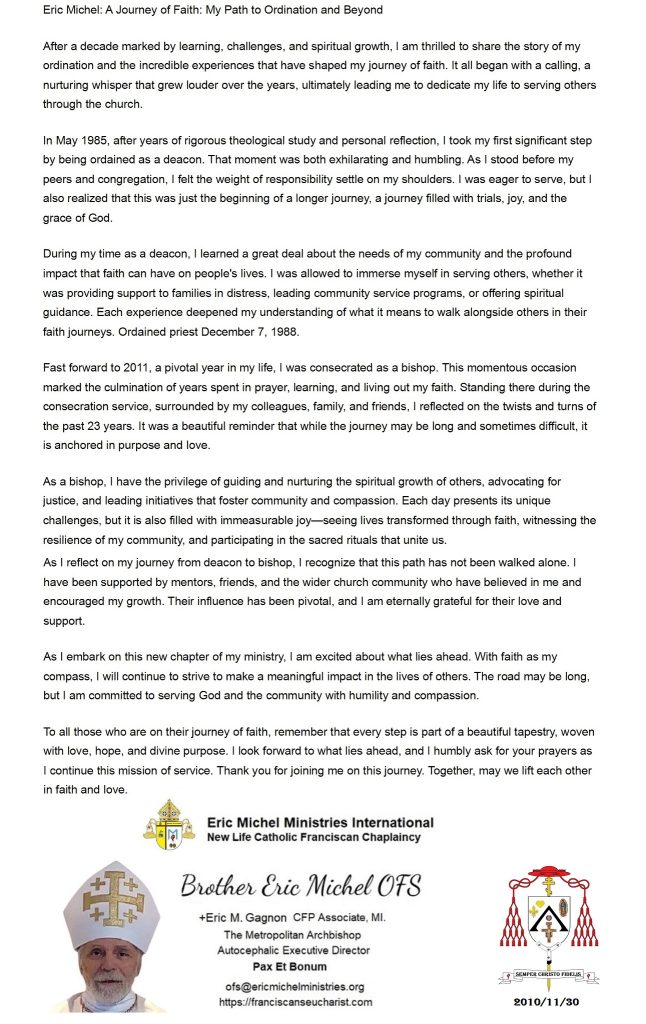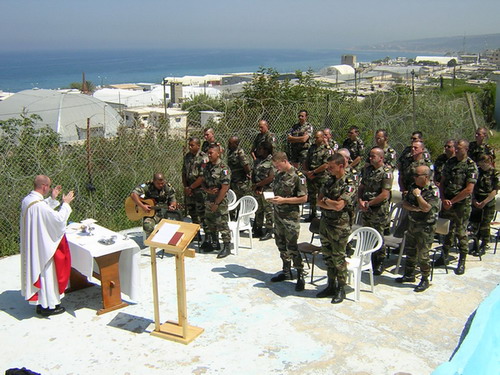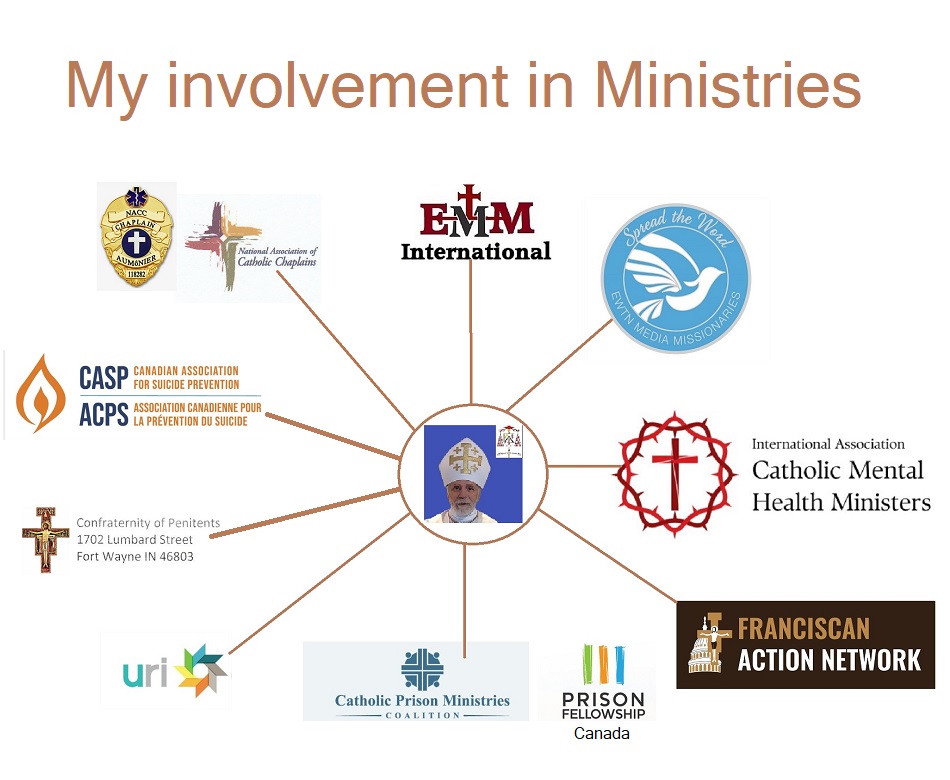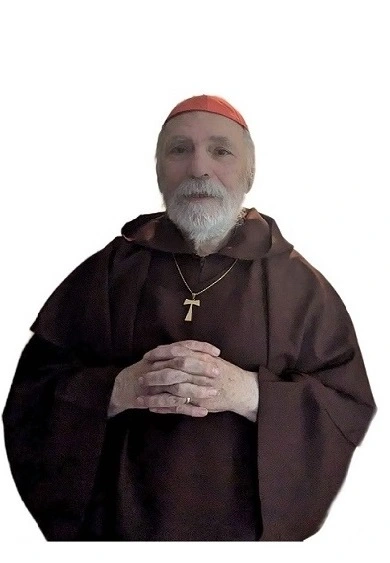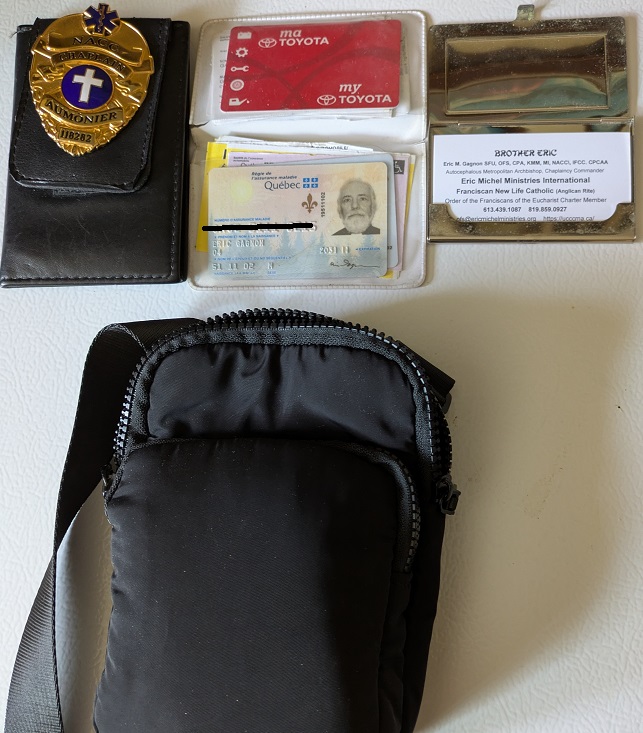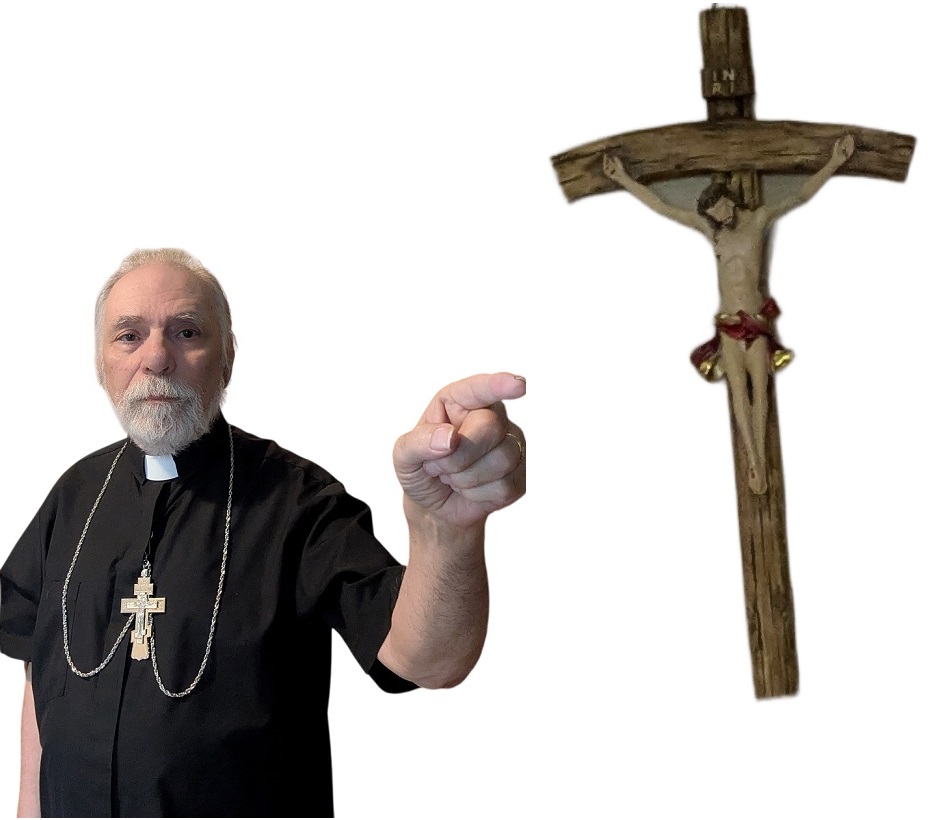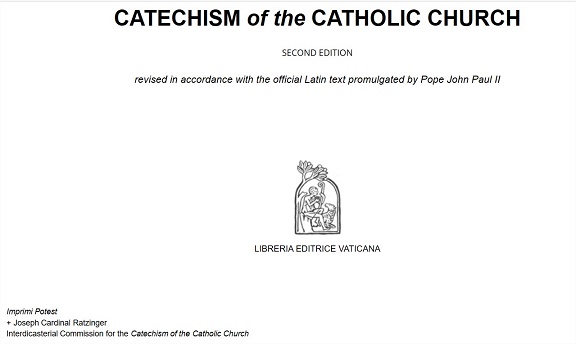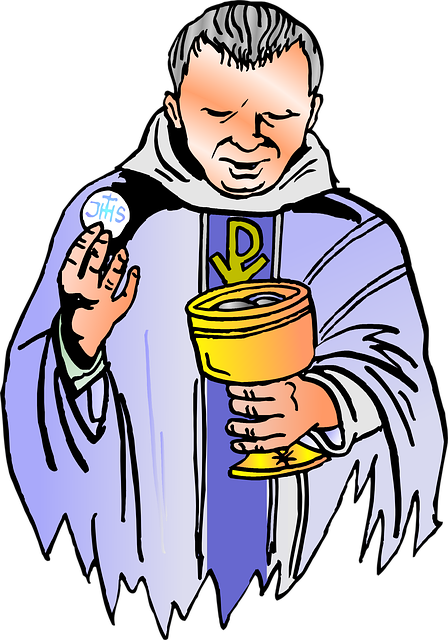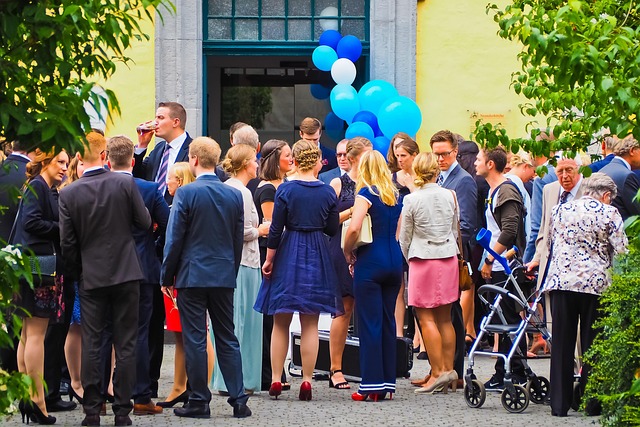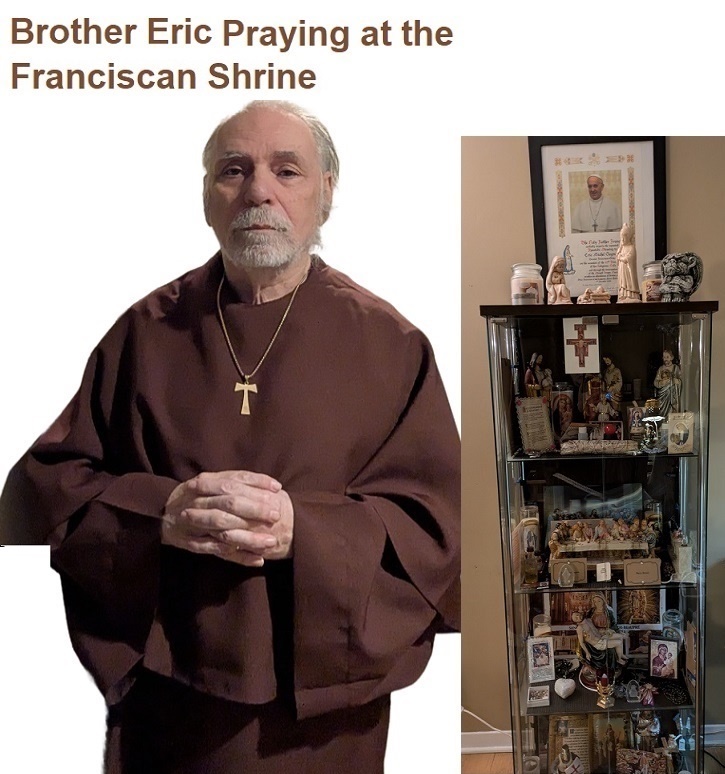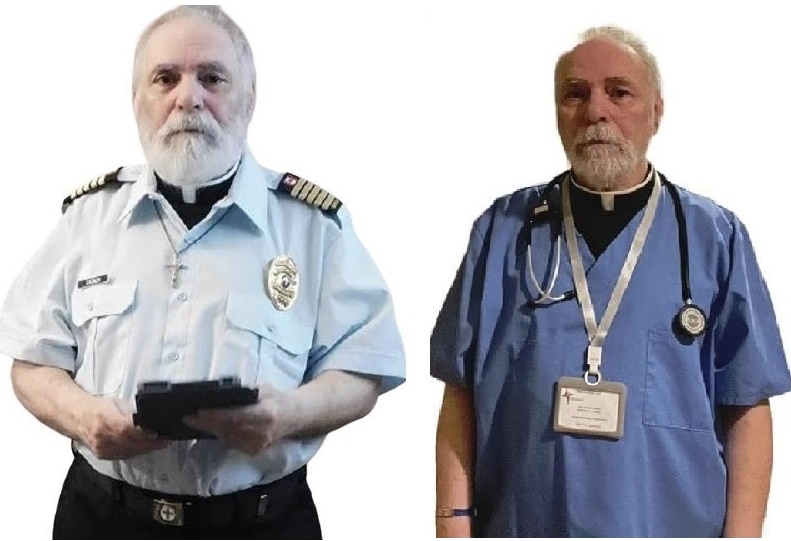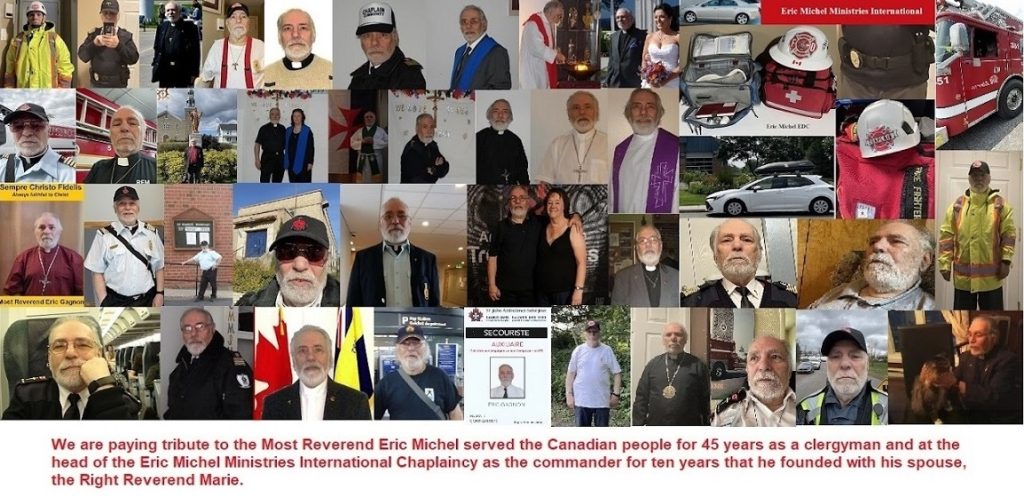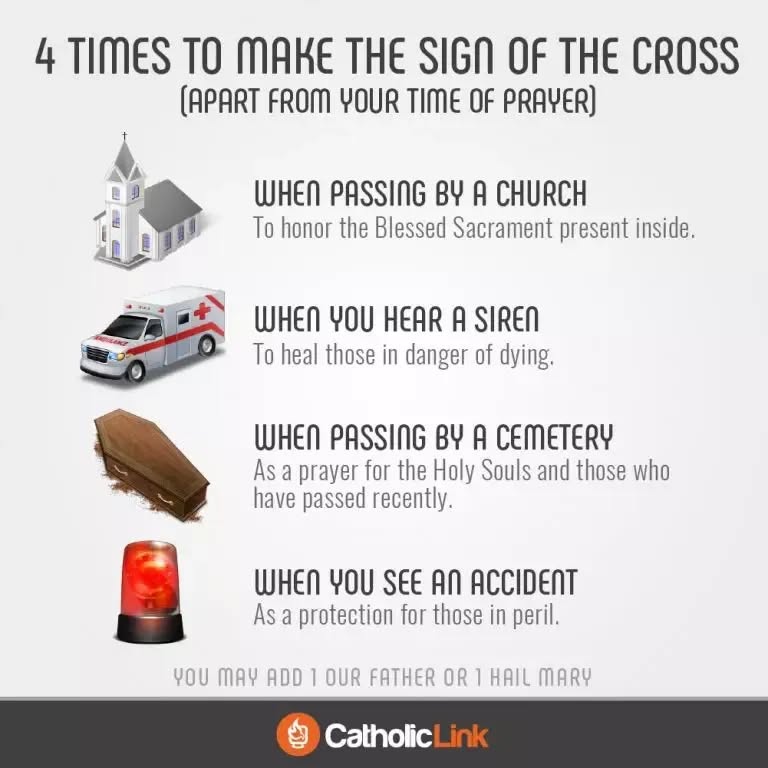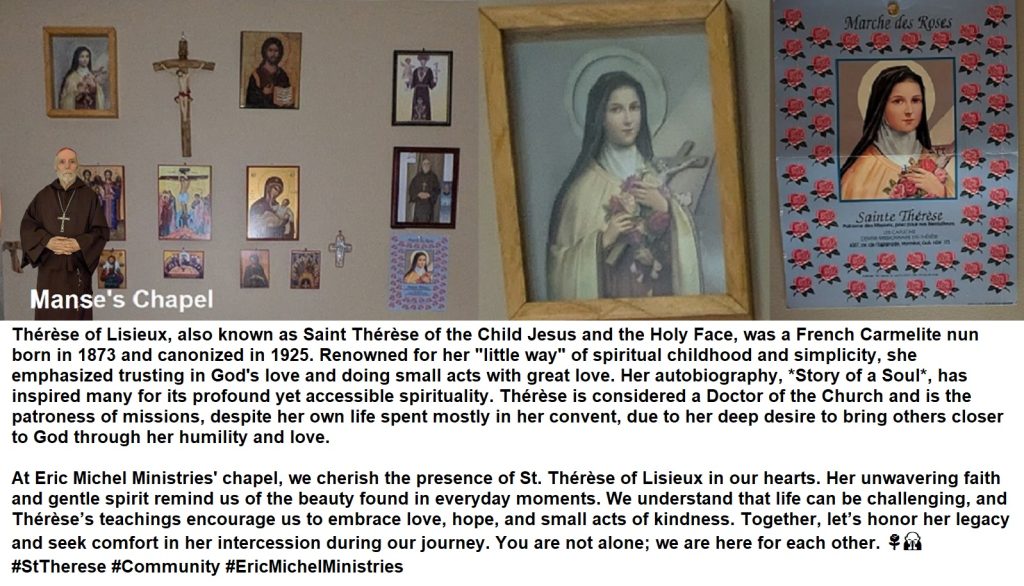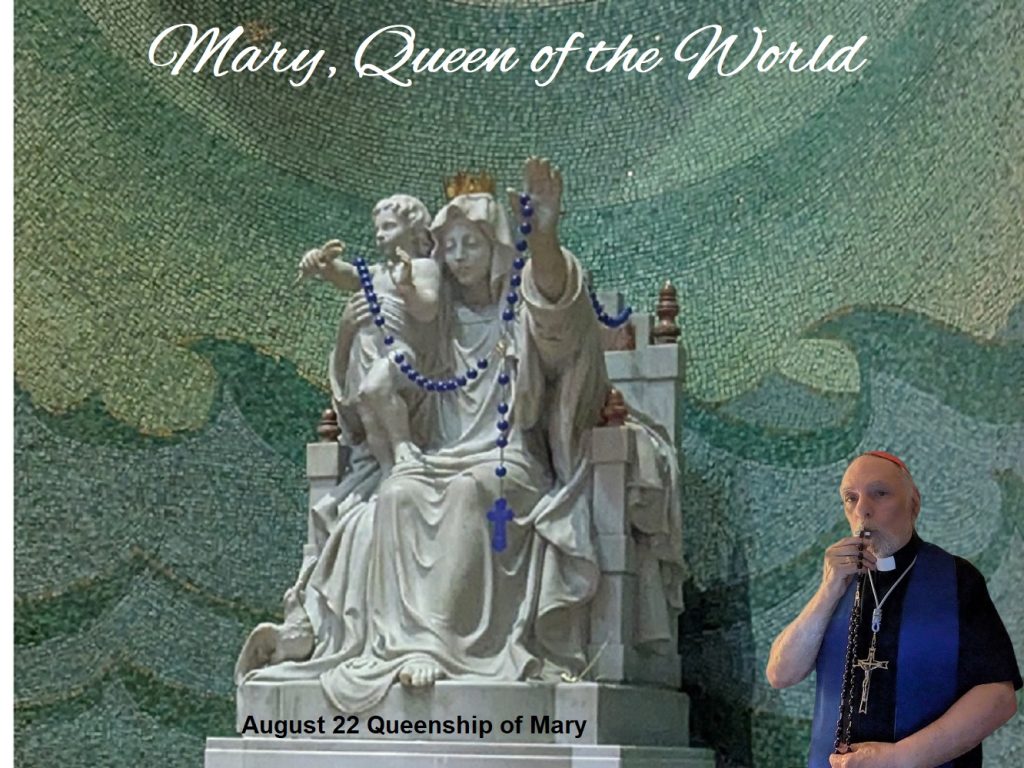
The Feast of Mary, Queen of the World, is celebrated on August 22nd. It is the octave day (8th day) after the Solemnity of the Assumption of Mary, which is celebrated on August 15th. The feast day was established by Pope Pius XII in 1954. The Second Vatican Council in 1964 referred to Mary as Queen of the Universe.
The Queenship of Mary is closely linked to the Kingship of her Son, Jesus. Catholic tradition holds that just as Christ is King, Mary is Queen due to her role in the story of divine redemption as the mother of the Saviour.
Several traditions and prayers honour Mary’s Queenship, including the “Hail, Holy Queen” prayer, hymns like “Hail, Queen of Heaven,” and invocations in the Litany of Loreto. The feast day is a logical extension of the Assumption, celebrating Mary’s role in salvation history and her place in heaven.
Queen of Heaven (Latin: Regina Caeli) is a title given by the Catholic Church and Eastern Orthodoxy to Mary, mother of Jesus, and, to a lesser extent, in Anglicanism and Lutheranism. The title has long been a tradition, included in prayers and devotional literature and seen in Western art in the subject of the Coronation of the Virgin from the High Middle Ages, long before the Church gave it a formal definition.
The Catholic teaching on this subject is expressed in the papal encyclical Ad Caeli Reginam, issued by Pope Pius XII in 1954. Therein, the pope states that Mary is called Queen of Heaven because her son, Jesus Christ, was charged as being “King of Israel” and the heavenly king of the universe. This would render the mother of the king as the “queen mother” of Israel.
She is invoked in the Litany of Loreto as:
Queen of the Angels
Queen of Patriarchs
Queen of Prophets
Queen of Apostles
Queen of Martyrs
Queen of Confessors
Queen of Virgins
Queen of all Saints
Queen of Families
Queen conceived without original sin
Queen ascended into Heaven
Queen of the Most Holy Rosary
Queen of Peace
Queenship of Mary is a Marian feast day in the liturgical calendar of the Catholic Church, created by Pope Pius XII. On 11 October 1954, the pontiff pronounced the new feast in his encyclical Ad caeli reginam. The feast was celebrated on May 31, the last day of the Marian month. The initial ceremony for this feast involved the crowning of the Salus Populi Romani icon of Mary in Rome by Pius XII as part of a procession in Rome.
In 1969, Pope Paul VI moved the feast day to August 22, the former Octave day of the Assumption, to emphasize the close bond between Mary’s queenship and her glorification in body and soul next to her Son. The Second Vatican Council’s Constitution on the Church states that “Mary was taken up body and soul into heavenly glory, and exalted by the Lord as Queen of the universe, that she might be the more fully conformed to her Son” (Lumen gentium, 59).
The movement to officially recognize the Queenship of Mary was initially promoted by several Catholic Mariological congresses in Lyon, France; Freiburg, Germany; and Einsiedeln, Switzerland. Gabriel Roschini, founded in Rome, Italy, an international society to promote the Queenship of Mary, Pro Regalitate Mariae. Several popes had described Mary as Queen and Queen of Heaven, which Roschini documented. Pope Pius XII repeated the title in numerous encyclicals and apostolic letters, especially during World War II.
The small and simple young girl of Nazareth became Queen of the world! This is one of the marvels that reveal God’s Heart. Of course, Mary’s queenship is relative to Christ’s kingship. He is the Lord whom, after the humiliation of death on the Cross, the Father exalted above any other creature in Heaven and on earth and under the earth (cf. Phil 2:9-11). Through a design of grace, the Immaculate Mother was entirely associated with the mystery of the Son: in his Incarnation; in his earthly life, at first hidden at Nazareth and then manifested in the messianic ministry; in his Passion and death; and finally, in the glory of his Resurrection and Ascension into Heaven … Benedict XVI.
The Queenship of Mary is commemorated in the last of the Glorious Mysteries of the Holy Rosary, the Coronation of the Virgin as Queen of Heaven and Earth.
Parishes and private groups often process and crown an image of Mary with flowers. This is often referred to as a “May Crowning”. This rite may be done on solemnities and feasts of the Blessed Virgin Mary, or other festive days, and offers the Church a chance to reflect on Mary’s role in the history of salvation.
The Virgin has been called “Queen of France” since 1638, when, partly in thanksgiving for a victory over the Huguenots and also in hope of the birth of an heir after years of childless marriage, Louis XIII officially gave her that title. Siena, Tuscany, hails the Virgin as Queen of Siena, and annually observes the race and pageant called the “palio” in her honour.
Mary was declared “Queen of Poland” by King John II Casimir during the Lwów Oath in the 17th century. Since then, she is believed to have saved the country miraculously during the Deluge, the Partitions of Poland, the Polish-Soviet War, World War II and the Polish People’s Republic. The solemnity of Our Lady Queen of Poland is celebrated on 3 May.
Mary, Queen of the World Cathedral
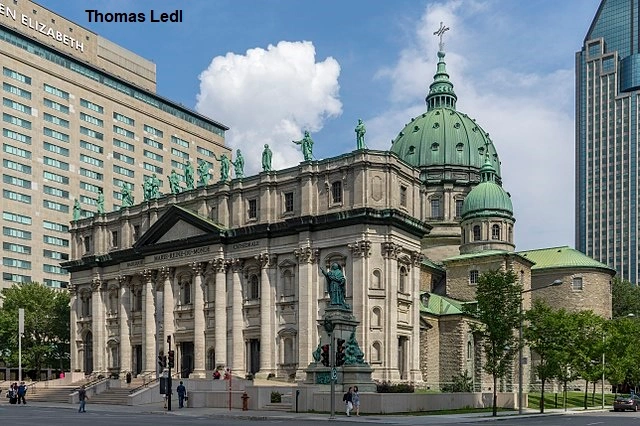
Mary, Queen of the World Cathedral or in full Mary, Queen of the World and St. James the Great Cathedral, is a minor basilica in Montreal, Quebec, Canada, and the seat of the Roman Catholic Archdiocese of Montreal. It is the third largest church in Quebec after Saint Joseph’s Oratory (also in Montreal) and the Basilica of Sainte-Anne-de-Beaupré east of Quebec City. The building is 101 m (333 ft) in length, 46 m (150 ft) in width, and a maximum height of 77 m (252 ft) at the cupola, the diameter of which is 23 m (75 ft).
The church is located at 1085 Cathedral Street at the corner of René Lévesque Boulevard and Metcalfe Street, near the Bonaventure metro station and Central Station in downtown Montreal. It and the connected Archdiocese main buildings form the eastern side of Place du Canada, and occupy a dominant presence on Dorchester Square.
To speak about the history of the diocese of Montreal is to speak of heritage, of the transmission of the faith in a new colony. The history of our diocese must be associated with the colony of Nouvelle-France and the foundation of Ville-Marie, because it is in this land and with those colonists that the Church was born in Montreal.
Mgr Christian Lépine
Archbishop of Montreal since March 20, 2012, Archbishop Christian Lépine is the tenth bishop and eighth archbishop of the diocese of Montreal, founded in 1836 by Pope Gregory XVI.
The Archdiocese of Montreal is an archdiocese of the Catholic Church of Quebec. Its episcopal see is located at the Basilica of Mary Queen of the World Cathedral in Montreal. It was canonically erected as a diocese in 1836 and elevated to the rank of archdiocese in 1886. It has 162 parishes, 25 missions and five shrines.
2000, Sherbrooke St. West
Montreal (QC) H3H 1G4
(514) 925-4300
info@diocesemontreal.org
Church Outside Picture
Thomas Ledl

